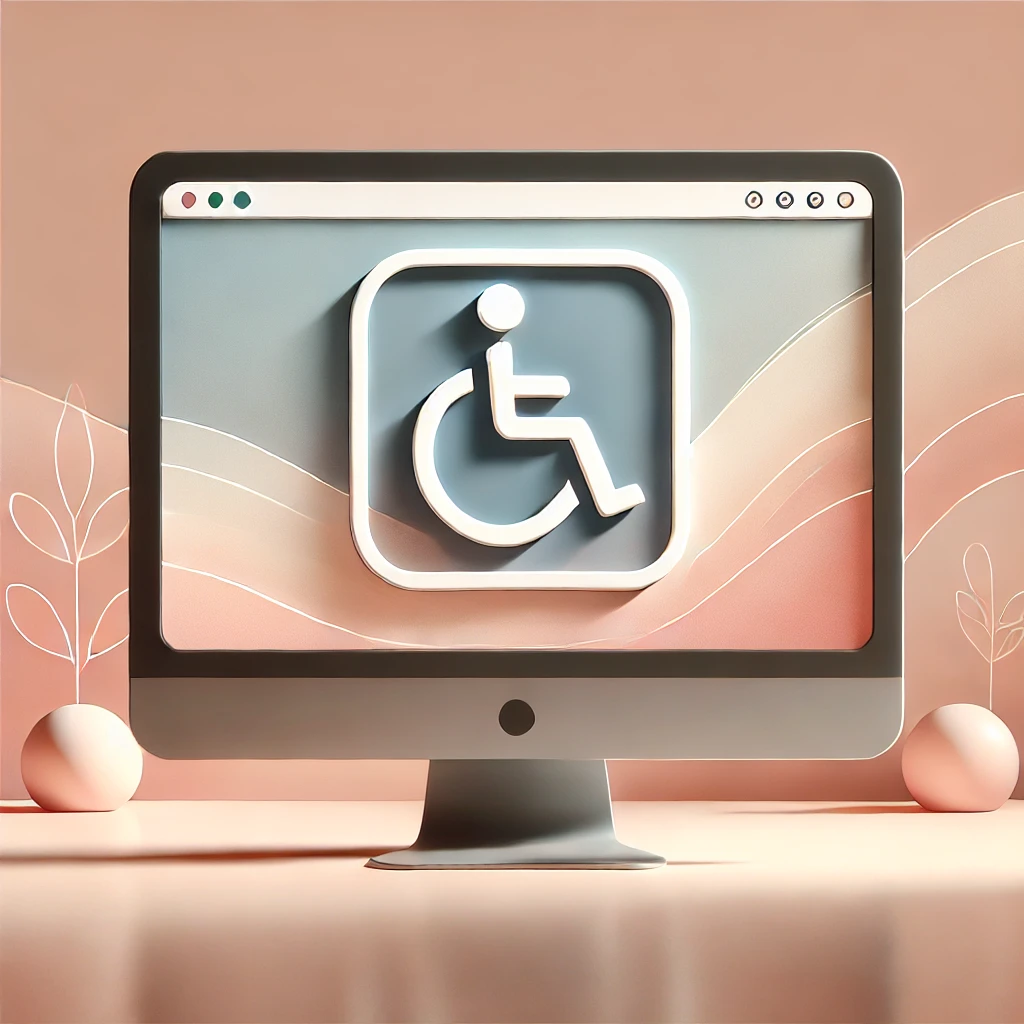
The Importance of Accessibility in Digital Marketing: Inclusive Campaigns for All
Accessibility in digital marketing isn’t just about doing the right thing—though that’s an important motivator. It’s about ensuring your message reaches everyone, including the nearly 1.3 billion people worldwide living with disabilities (World Health Organization). Accessibility broadens your audience, builds brand loyalty, and can even improve your SEO and user experience.
Yet, many marketers overlook the significant impact of accessibility in their campaigns. Let’s explore actionable strategies to make your digital marketing inclusive, impactful, and welcoming to everyone.
Why Accessibility Matters in Digital Marketing
Imagine your website is like a brick-and-mortar store. If you have a staircase at the entrance without a ramp, you’ve inadvertently excluded anyone using a wheelchair. The same concept applies to your digital presence. Without accessible design, you may be locking out individuals with visual, auditory, or cognitive impairments from engaging with your brand.
Key Benefits of Accessibility:
- Expanding Audience Reach: Inclusive content ensures everyone can interact with your campaigns, unlocking untapped market segments.
- Compliance with Regulations: Laws like the Americans with Disabilities Act (ADA) and Web Content Accessibility Guidelines (WCAG) mandate accessibility standards for businesses.
- Enhanced SEO: Accessible practices like alt text for images and semantic HTML help search engines crawl your site more effectively.
- Brand Perception: Accessibility signals a commitment to diversity and inclusion, which resonates with modern consumers.
The Accessibility Spectrum: Addressing Different Needs
Accessibility in digital marketing spans various aspects of user experience. Here are some key areas and actionable strategies:
1. Visual Accessibility
- The Challenge: Individuals with visual impairments rely on tools like screen readers or magnification software.
- Action Steps:
- Use alt text for all images. For instance, instead of “image123.jpg,” describe it as “A woman enjoying coffee while reading a book.”
- Ensure high color contrast for readability. Use contrast-checker tools like WebAIM’s Contrast Checker.
- Avoid using color alone to convey information. Pair colors with symbols or text.
Pro Tip: Test your website in grayscale to see if key information is still clear.
2. Auditory Accessibility
- The Challenge: Videos, podcasts, and other audio content are inaccessible to individuals with hearing impairments.
- Action Steps:
- Include closed captions or subtitles for all video content. Tools like YouTube’s auto-captioning can be a good start, but manual review is crucial for accuracy.
- Provide transcripts for audio content, such as podcasts or webinars, to make them searchable and consumable for all.
- Use visuals or text overlays in videos to emphasize key messages.
Real-World Example: Netflix, once criticized for a lack of subtitles, now offers captioning for nearly all its content, setting a standard for accessibility in media.
3. Cognitive Accessibility
- The Challenge: Complex navigation, cluttered designs, and difficult language can alienate users with cognitive disabilities.
- Action Steps:
- Simplify navigation with clear, concise menus.
- Use plain language to describe your products or services. Avoid jargon.
- Break content into digestible chunks with headings, bullet points, and short paragraphs.
- Offer multiple ways to complete a task (e.g., allow voice input, keyboard navigation, or mouse control).
Pro Tip: Use tools like UserWay to automate some accessibility enhancements.
4. Motor Accessibility
- The Challenge: Users with limited motor skills or those relying on assistive devices face barriers in navigating digital platforms.
- Action Steps:
- Ensure your website is fully navigable via keyboard (tab, enter, and arrow keys).
- Avoid small clickable elements. Use larger buttons with generous spacing.
- Incorporate “sticky” navigation or easily accessible menus.
Real-World Example: Apple’s inclusive design ethos ensures seamless interaction with features like voice navigation and accessibility shortcuts.
5. Inclusive Content Design
- The Challenge: Content that isn’t representative or inclusive can alienate segments of your audience.
- Action Steps:
- Use inclusive language that avoids stereotypes or assumptions.
- Represent diverse groups in your imagery and campaigns.
- Test your content with diverse focus groups to identify potential accessibility blind spots.
Pro Tip: Leverage tools like Microsoft’s Accessibility Insights to audit your content and interfaces for inclusivity.
Accessible Campaigns in Practice
Here’s how a hypothetical brand, “EcoThrive,” implemented accessibility into its digital marketing:
Problem:
EcoThrive’s primary audience was young, tech-savvy environmentalists. However, feedback revealed they were unintentionally excluding individuals with disabilities, particularly those with visual impairments.
Solution:
- They added alt text and high contrast color schemes to their website.
- Created videos with captions and audio descriptions of visuals.
- Conducted usability testing with disabled users, refining their mobile app for better keyboard and voice navigation.
Result:
Engagement rates grew by 25%, with overwhelmingly positive feedback from their audience about the brand’s inclusive approach.
Tools and Resources for Accessibility
- WCAG Guidelines: https://www.w3.org/WAI/standards-guidelines/wcag/
- WebAIM Contrast Checker: https://webaim.org/resources/contrastchecker/
- Accessible Rich Internet Applications (ARIA): https://www.w3.org/WAI/standards-guidelines/aria/
- Google Lighthouse Accessibility Audit: Built into Chrome Developer Tools.
Making Accessibility a Team Effort
Incorporating accessibility requires a cultural shift across your marketing team. Start by:
- Hosting accessibility training for designers, developers, and content creators.
- Including accessibility audits as part of your project workflow.
- Soliciting feedback from people with disabilities to identify gaps in your campaigns.
Final Thoughts
Making your digital marketing accessible isn’t a one-time project; it’s an ongoing commitment. As technology evolves, so do the standards and opportunities for accessibility. When you prioritize inclusivity, you don’t just open your brand to new audiences—you build trust, loyalty, and an enduring connection with the people who matter most: your customers.
Start small. Take one action today to make your content more accessible, and you’ll begin to see the ripple effects of a more inclusive marketing strategy.